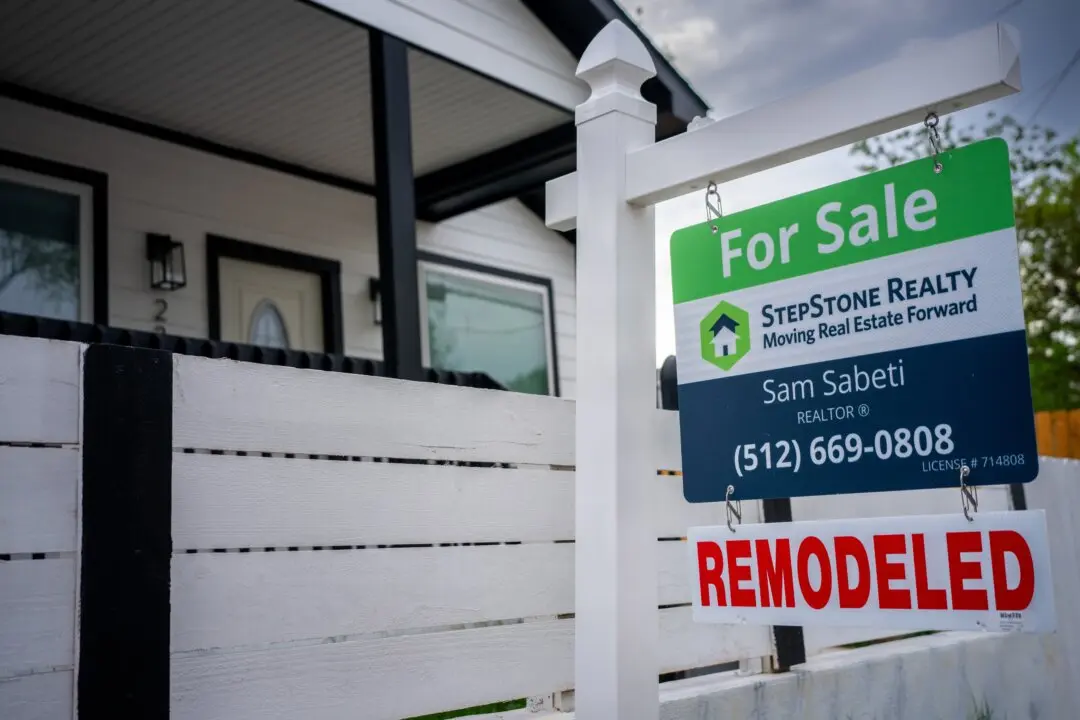As the dust of the pandemic lockdown settles and restrictions gradually ease, the contours of the ruin caused in New York City are emerging. Restaurants bankrupted, culture paralyzed, and gun crime harkening back to the mid-1990s. The rich and middle-class are leaving in droves. The poor are stuck. A homelessness crisis looms on the horizon. Those who stay cling to rickety hopes—perhaps the vaccine will come soon, perhaps the city and state bring leadership. Instead, politicians are talking more taxes.
The Epoch Times spoke to more than a dozen professionals in real estate, mortgage, relocation, housing aid, and parenting aid to map the situation in the city and sketch out a prognosis of what’s to come.





